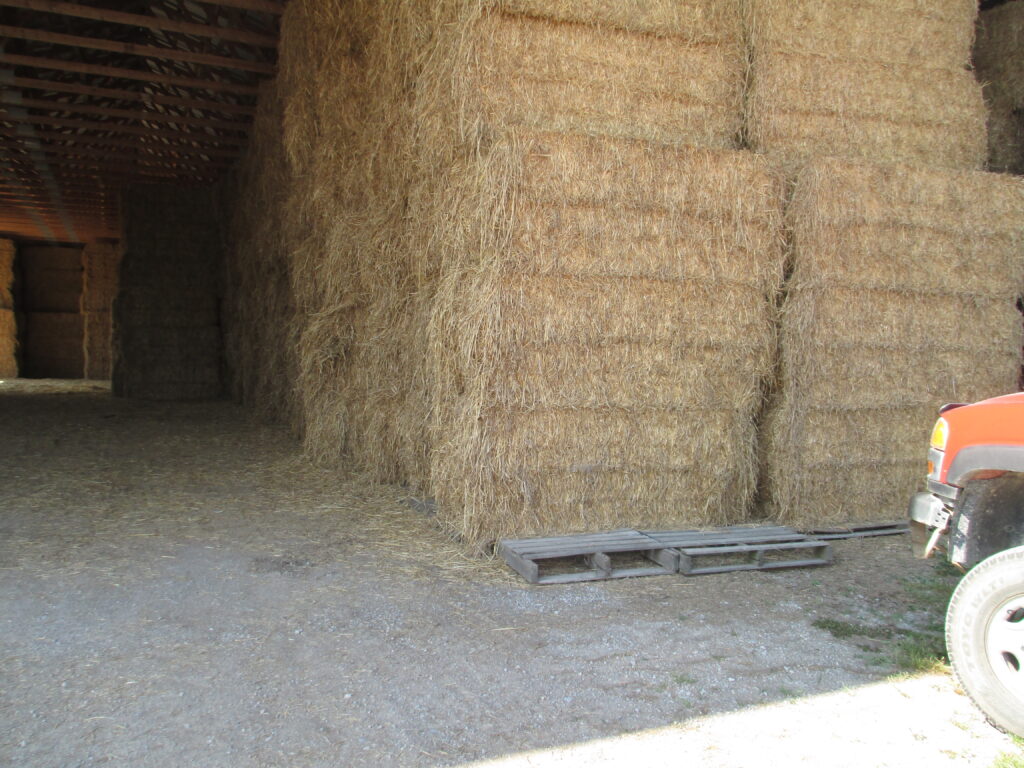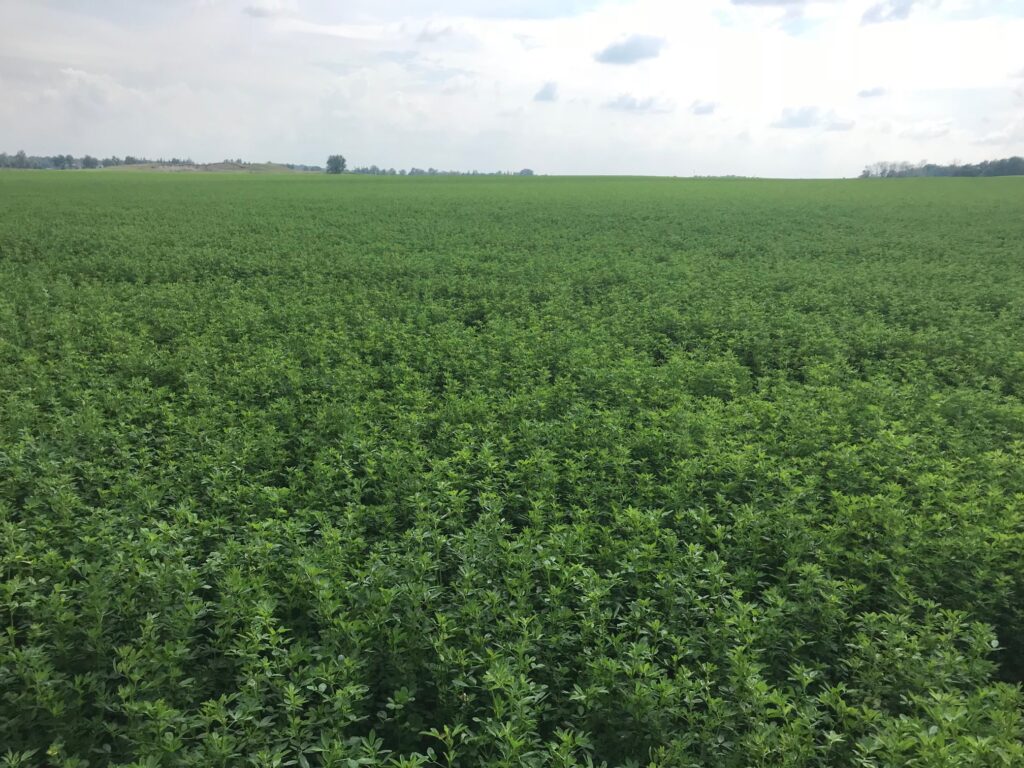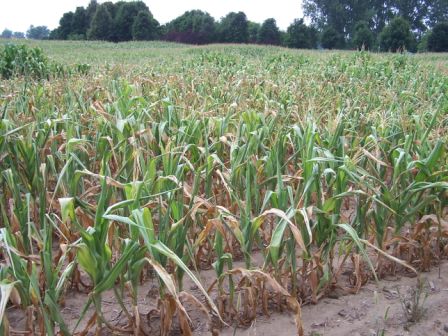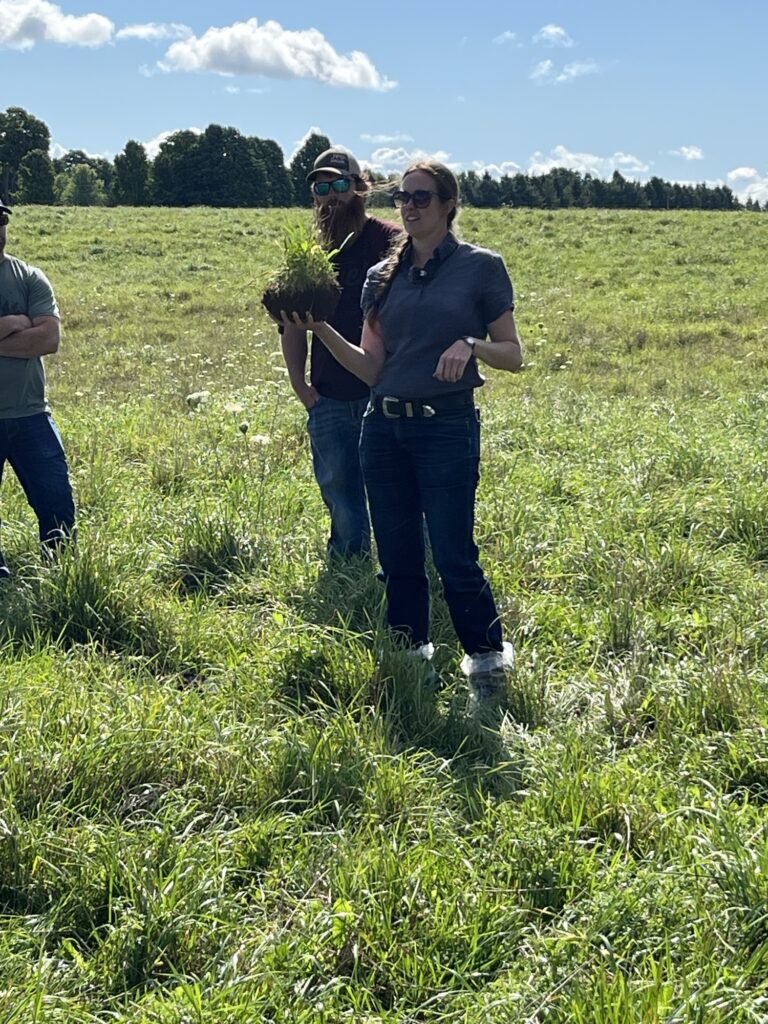Silage Inoculants
When forages are harvested for silage, anaerobic bacteria (i.e., lactic acid and acetic acid) are involved in the fermentation process. Weather, forage species, maturity, and harvest conditions can impact fermentation. The goal of using an inoculant may be to improve fermentation efficiency in storage, improve aerobic stability once the silo is opened or both. Silage […]









